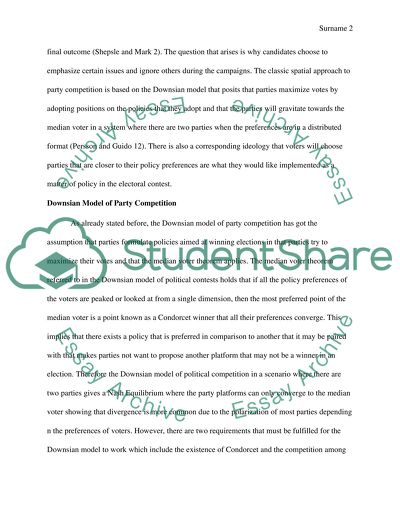Cite this document
(“Downsian Model of Party Competition Essay Example | Topics and Well Written Essays - 2250 words”, n.d.)
Retrieved from https://studentshare.org/politics/1491868-downsian-model-of-party-competition
Retrieved from https://studentshare.org/politics/1491868-downsian-model-of-party-competition
(Downsian Model of Party Competition Essay Example | Topics and Well Written Essays - 2250 Words)
https://studentshare.org/politics/1491868-downsian-model-of-party-competition.
https://studentshare.org/politics/1491868-downsian-model-of-party-competition.
“Downsian Model of Party Competition Essay Example | Topics and Well Written Essays - 2250 Words”, n.d. https://studentshare.org/politics/1491868-downsian-model-of-party-competition.


